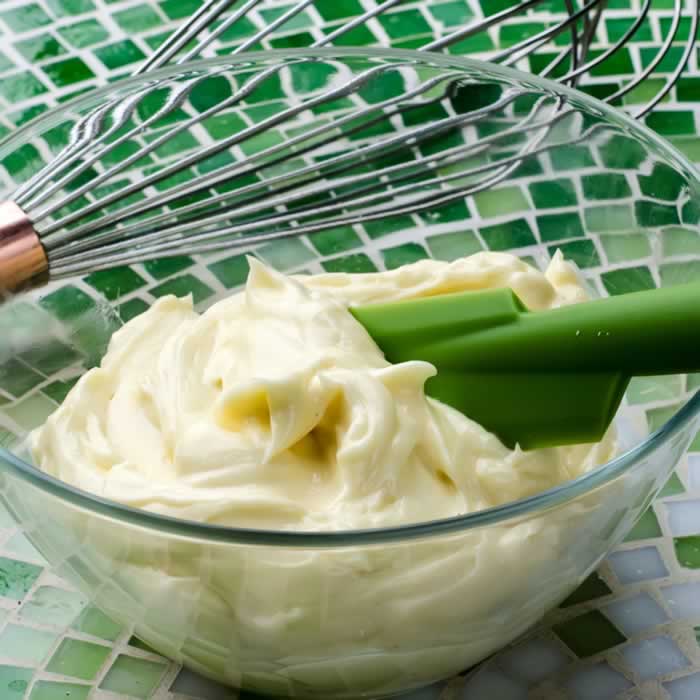 If mayonnaise has a season, it is definitely summer. I use more mayonnaise in summer than in the other three seasons combined. Where would pasta and potato salads be without mayonnaise? Or a grilled hamburger? Or grilled vegetables?
If mayonnaise has a season, it is definitely summer. I use more mayonnaise in summer than in the other three seasons combined. Where would pasta and potato salads be without mayonnaise? Or a grilled hamburger? Or grilled vegetables?
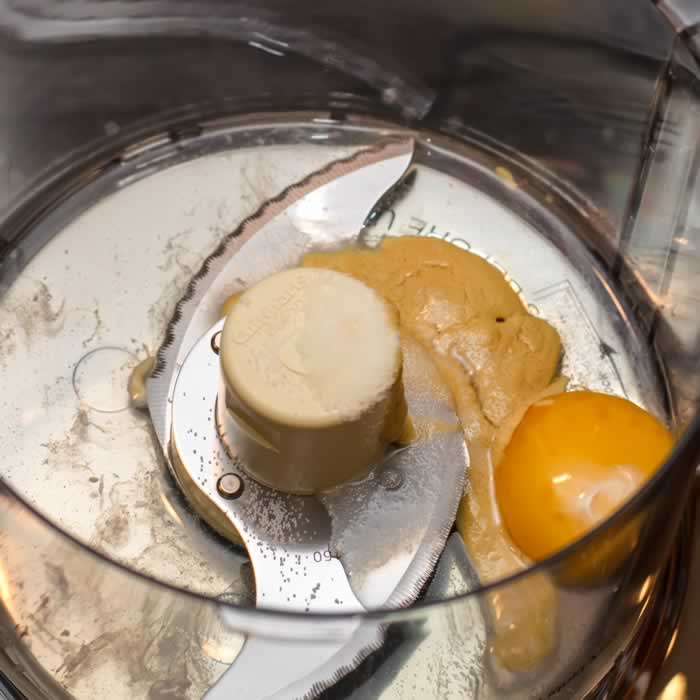 I can’t imagine these and a host of other dishes without mayonnaise or one of its endless variations. Imagine summer without garlicky Aioli and dill pickle-laden Tartar Sauce. Not possible. And where would our Northwest seafood soups be without the requisite swirl of roasted red bell pepper and garlic mayonnaise, otherwise known as Rouille?
I can’t imagine these and a host of other dishes without mayonnaise or one of its endless variations. Imagine summer without garlicky Aioli and dill pickle-laden Tartar Sauce. Not possible. And where would our Northwest seafood soups be without the requisite swirl of roasted red bell pepper and garlic mayonnaise, otherwise known as Rouille?
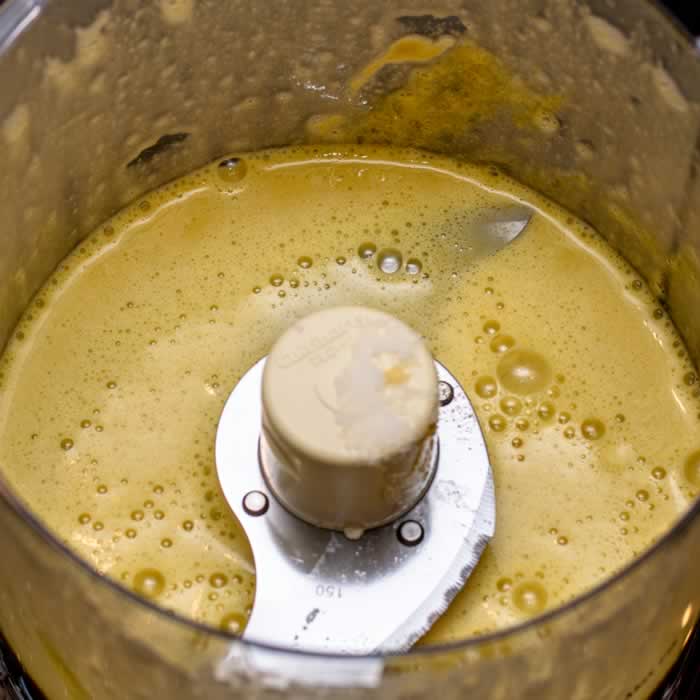 The truth is, I can’t be without mayonnaise. It’s an absolute necessity in the Otherworldly Kitchen. And even though I keep a jar of ubiquitous Best Foods mayo in the frig for emergencies, homemade is infinitely better.
The truth is, I can’t be without mayonnaise. It’s an absolute necessity in the Otherworldly Kitchen. And even though I keep a jar of ubiquitous Best Foods mayo in the frig for emergencies, homemade is infinitely better.
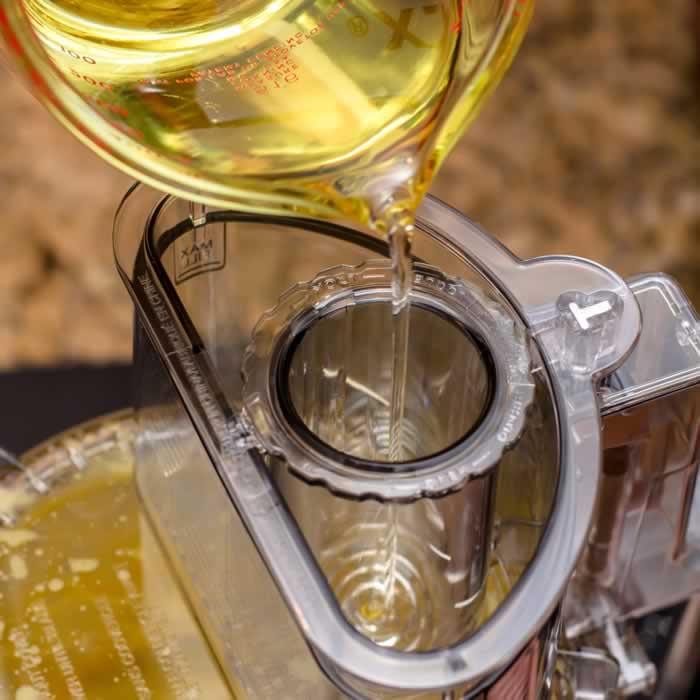 So much better in fact that family members will notice the difference in your standard potato or macaroni salad, which they have eaten without farefare or praise for years.
So much better in fact that family members will notice the difference in your standard potato or macaroni salad, which they have eaten without farefare or praise for years.
 They will suddenly light up and ask you for the recipe. And of course, you will graciously comply. But unless they make the mayonnaise, their salad cannot compare to yours.
They will suddenly light up and ask you for the recipe. And of course, you will graciously comply. But unless they make the mayonnaise, their salad cannot compare to yours.
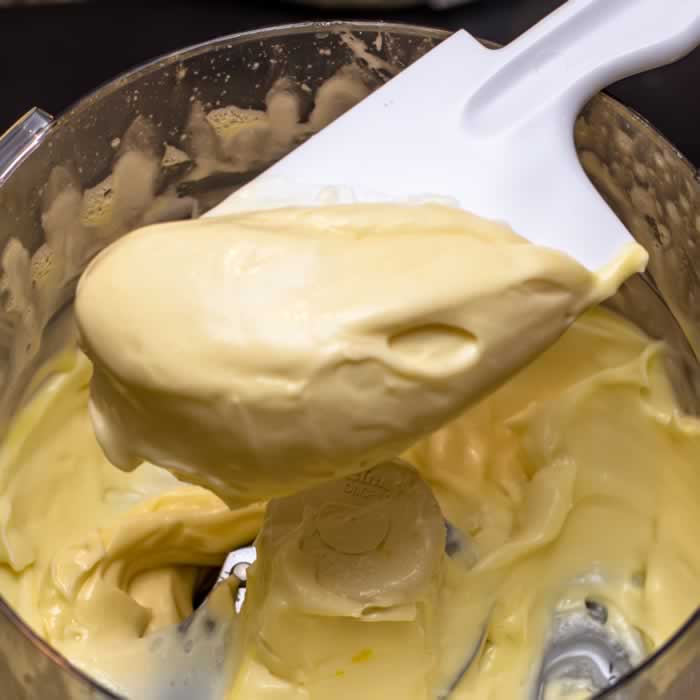 The best part is that once you master the basic mayonnaise technique, which is really quite simple, you can create endless flavor riffs, turning your mayonnaise-based standbys into spectacular new dishes. Are you ready?
The best part is that once you master the basic mayonnaise technique, which is really quite simple, you can create endless flavor riffs, turning your mayonnaise-based standbys into spectacular new dishes. Are you ready?
Homemade Mayonnaise Tips & Tricks
- All ingredients should be at room temperature, otherwise emulsification may be hindered.
- Adding a teaspoon of water to the yolks before drizzling in the oil creates a stronger and more stable emulsion. This is because a little water broadens the space between the fat droplets, thus helping to keep them separate. If the oil droplets merge and evenly disperse in the oil, the mayonnaise will split. Lemon juice or vinegar can accomplish the same thing. A dollop of mustard also helps to hold the emulsion.
- To my palate, olive oil is too assertive to be used as the base oil for mayonnaise. If you want a light olive oil flavor, mix olive oil in a 1 to 5, 6, or 7 ratio with flavorless oil. (For example, for 1½ cups total oil, try 1¼ cup flavorless oil and ¼ cup fruity olive oil.)
- When making Processor Mayonnaise, with the machine running, pour the oil into the feed tube. The feed tube has a tiny hole at the bottom which regulates the flow of oil perfectly. No guesswork for you.
- You can control the thickness of your mayonnaise by moderating the amount of oil you add. The lesser amount of oil specified creates a thin mayonnaise; the greater amount of oil creates a very thick mayonnaise.
- To rescue split mayonnaise, begin again with a fresh egg yolk (or even a tablespoon of mustard) and slowly drizzle the split mixture into the yolk while whisking continuously.
- Mayonnaise can be thinned with a small amount of warm water, cream, sour cream, or yogurt. Start with a tablespoon and keep adding and incorporating until you get the consistency you want.
- If you plan to use a processor to make your mayonnaise (highly recommend), you need a smallish processor (7-9 cup capacity).
Jump to the recipe …
Cookin’ with Gas (inspiration from around the web)
- Delicious Days: Homemade Mayo – Minute Made (hand-held blender method)
- Homestead Revival: Homemade Mayonnaise
- Just Hungry: Homemade Mayonnaise without Tears
- Kitchen Konfidence: The Best Tartar Sauce
- Orangette: Right This Minute: Meyer Lemon Aioli
- Stone Soup: The Secret to Homemade Mayonnaise (processor method)
- The David Blahg: The Secrets and Science Behind Milk Mayonnaise
- The New York Times: Diner’s Journal: The Raw Egg Conundrum
- The New York Times: Mark Bittman: Food Processor Mayonnaise (processor method)
- The News Tribune: Homemade Mayonnaise Secret Revealed
- Umami Girl: The Easiest Way to Make Homemade Mayonnaise
- Word of Mouth: How to Make Perfect Mayonnaise
I Love Hearing from You!
Please leave a comment. Include your blog URL and CommentLuv will automatically link back to your most recent blog post. Let’s talk cooking! …Susan

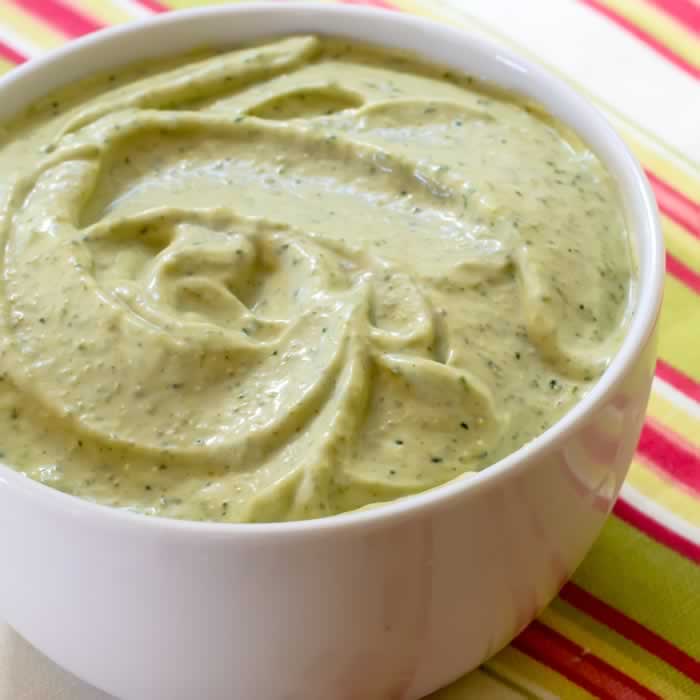
Hi, I wanted to create a mayonnaise with an oriental flavor; Would adding it to the egg yolk in place of the water serve to stop the emulsion from separating as well? ty Jennifer
Hi Jennifer. It’s best to complete the emulsification as specified and then add the flavoring elements. For instance, sesame oil can be added with the vegetable oil. Hope this helps. 🙂
Susan, I love your tips. I had never looked at the bottom of the feed tube of a food processor and by George, there’s the tiny hole you mention. What a revelation for oblivious folk like me, who had always taken out the feed tube and tried to pour the oil slowly from a spouted cup. Homemade mayo is a zillion times better than store-bought. I rarely make it, but you’ve renewed my interest in trying it – with a few of your fantastic variations.
Laura, that tiny hole is one of the world’s best kept secrets. LOL! Now I have to run to your blog to find out what Sephardic Charoset Balls are. I’m hoping for some kind of dessert. 🙂
Susan, I made some mayo last night using the feed tube for the oil for the first time and the batch turned out perfectly! Used it all up immediately in a potato salad and a pea salad we were making for a party. Thanks again for that tip. My food processor that has given me inconsistent results with mayo is a smaller one that’s ancient but functional. That may be what I get for buying a new work bowl instead of a new processor when the plastic wore out. Sometimes when I’m making a recipe that starts with a too-small quantity of cool ingredients I tip the food processor up a little to the side, holding the top and feed tube in place, so the liquid splashes around and contacts the blade better. Certainly it’s not a manufacturer-recommended technique, but if you try it you will see how that works. I needed to do that on this recipe on step one when only the vinegar, mustard, lemon juice, and salt and pepper were in the processor.
Mary, so glad it worked for you. I would have never thought to tip the processor to the side to get the eggs going. My new smaller processor works perfectly though with even a 1 egg batch of mayo. So easy too! Heading over to check out your Chickpea Salad. 🙂
I’ve had inconsistent results with homemade food processor mayo so I’ll pin this for your tips and tricks. I should try again with some of the really good free range eggs I get from a hobby farmer. I was not aware of there being a tiny hole at the bottom of the feed tube, thanks for teaching me about that! I read on a different blog that an immersion blender gives more consistent results than a food processor and the blogger who posted that tip wasn’t able to make mayo consistently until she got one. I don’t have an immersion blender, but it made me feel better to hear that I wasn’t the only blogger having trouble making mayo despite multiple attempts. What kind of oil to use is the other problem. I agree with you that all olive oil is too assertive, even though in general I try to use EVOO in recipes when I can. I’ve used mostly canola with a little olive oil in mayo in the past, but I’m using less canola, maybe I’d try grapeseed oil in this. I often just make tofu mayo with boxed silken tofu– that always works for me and avoids the question of what kind of oil to use. And adding tofu is an alternate way of saving split regular mayo, thickens it right up.
Thank you for your thoughtful points, Mary! I had a couple of disasters with processor mayonnaise as well and spent a few days wondering why the process I always used no longer worked. The egg sat on the bottom of the processor and didn’t get beaten sufficiently. Then it dawned on me that I had purchased larger processors for the kitchen and retired the smaller one that I had used for years. It was beat, so I ran out an bought a 7-9 cup processor and VOILA, perfect mayonnaise. I really like the smaller processor for everyday cooking tasks. It’s just right for dishes serving 2-6. Your tofu suggestion is interesting. I can’t wait to try it. Do let us know how the immersion blender works for you. I was going to try that and didn’t get to it. Best…Susan